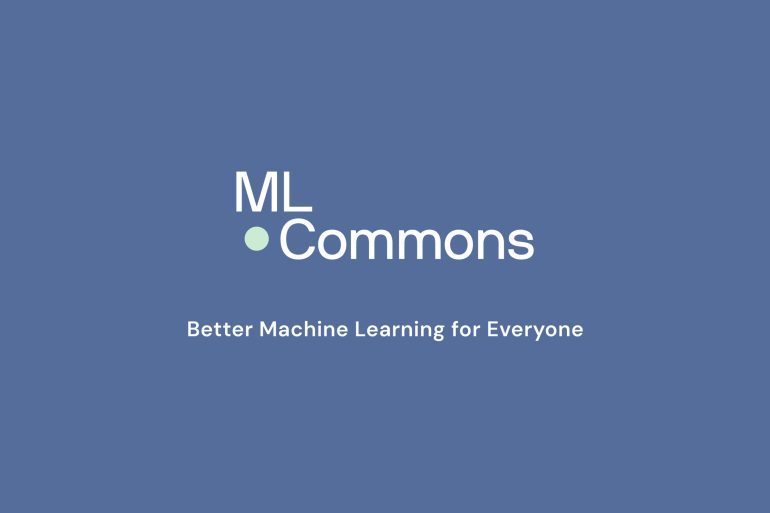- MLCommons, with members like Google, Microsoft, and Meta, launches AI Safety benchmarks.
- Aimed at evaluating large language models (LLMs) for safety using stress tests with text prompts.
- Tests focus on detecting unsafe responses like hate speech and exploitation.
- Companies can voluntarily submit LLMs for evaluation to enhance transparency.
- Benchmarks to expand to include image and video AI applications in the future.
- Version 1.0 of the benchmark set to release by October 31.
Main AI News:
MLCommons, a prominent consortium counting Google, Microsoft, and Meta among its members, has announced the launch of an ambitious AI Safety benchmark initiative. This effort aims to rigorously evaluate the safety of large language models (LLMs) through comprehensive stress tests. By subjecting these models to diverse text prompts, the benchmarks seek to uncover potentially unsafe responses, including instances of hate speech, exploitation, and other sensitive content.
Kurt Bollacker, director of engineering at MLCommons, underscores the critical role of these benchmarks as a final line of defense against harmful AI outputs. He emphasizes the importance of ensuring that AI systems meet stringent safety standards to protect users and mitigate risks effectively.
Companies involved in AI development can voluntarily submit their models to MLCommons for evaluation under these benchmarks. This process aims to provide transparency and accountability, allowing stakeholders to make informed decisions about the safety of AI technologies before deployment.
Beyond evaluating textual responses, the AI Safety benchmarks will also address concerns related to intellectual property violations and defamation risks. This holistic approach aims to empower companies, governments, and nonprofits with tools to identify and address potential weaknesses in AI systems.
MLCommons plans to release a stable version 1.0 of the AI Safety benchmark by October 31, signaling a significant step towards standardizing safety protocols across the AI industry. Looking ahead, the consortium anticipates expanding these benchmarks to encompass other AI applications, such as image and video generation, reflecting ongoing advancements in AI technology and the evolving landscape of digital risks.
The initiative comes amidst growing global concerns about AI safety and ethics, with initiatives like these aiming to set industry standards and foster responsible AI development practices. As AI technologies continue to evolve rapidly, maintaining robust safety measures remains a pivotal priority for stakeholders across sectors.
Conclusion:
MLCommons’ introduction of AI Safety benchmarks marks a pivotal step towards standardizing safety protocols for AI technologies. By evaluating and rating large language models, this initiative not only enhances transparency but also underscores the industry’s commitment to addressing ethical concerns. As these benchmarks expand to cover broader AI applications, they are poised to shape market expectations, fostering responsible AI development practices across industries.

